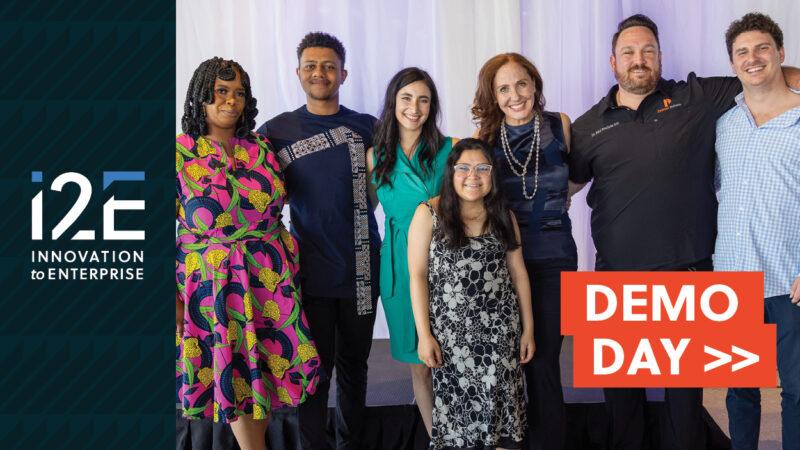By Stephen Prescott, M.D.
Copyright © 2017, The Oklahoma Publishing Company
In his first address to a joint session of Congress last month, President Donald Trump highlighted a young woman he’d invited to the speech. Her name was Megan Crowley.
“Megan was diagnosed with Pompe disease, a rare and serious illness, when she was 15 months old,” the President said. “She was not expected to live past 5.”

But, he explained, Megan’s father “fought with everything he had to save the life of his precious child. He founded a company to look for a cure and helped develop the drug that saved Megan’s life.” He then introduced Megan, now 20 years old and a sophomore at Notre Dame, who received a big round of applause.
It was a heartwarming moment. Still, one of the people most responsible for that moment went unrecognized.
His name is Dr. William Canfield. He was a scientist at the University of Oklahoma Health Sciences Center, and his research led to the drug that saved Megan’s life.
In his lab, Dr. Canfield made an important breakthrough about how to deliver a missing enzyme into the bodies of people afflicted with a rare genetic disorder called Pompe disease. Pompe is a form of muscular dystrophy that can strike at birth or later in life. For children (like Megan Crowley and her brother) born with the condition, they start to develop muscle weakness shortly after birth, and they typically died in childhood of heart failure.
Canfield founded an Oklahoma City biotechnology company, Novazyme, to develop that discovery. Thanks to the Presbyterian Health Foundation’s commitment to providing best-in-class, subsidized laboratory space to biotech startups, Novazyme was able to set up operations in the research park that bore the foundation’s name. (It’s since sold the facility to OU.)
Under Canfield’s leadership, Novazyme made rapid progress developing an experimental therapy to treat Pompe. John Crowley, Megan’s father, eventually left his job in management at big drug company to join Novazyme as its CEO in an effort to speed the quest to find an effective treatment for Pompe — and save his children’s lives.
When Novazyme’s experimental drug made progress in clinical trials, the company was acquired by Genzyme (which has since merged with a French firm to form Sanofi Genzyme). Over time, the work that had been done by 80 or so staff members in Oklahoma City shifted to Genzyme’s labs in Massachusetts.
Building on Canfield and Novazyme’s work, Genzyme ultimately created Myozyme, an enzyme replacement therapy for patients born with Pompe. In 2006, the FDA approved the drug, which Crowley credits with saving the lives of both of his children.
‘Extraordinary Measures’
If you think this sounds like fodder for Hollywood, you’d be right. This story became the basis for the film “Extraordinary Measures.”
The movie is a thinly fictionalized version of the Canfield/Crowley story. However, while the Crowley character kept his name in the movie, Canfield did not. Amalgamated, to some extent with other scientists who made contributions to the drug’s development, Canfield became Dr. Robert Stonehill (played by Harrison Ford). Similarly — and similarly inexplicably — in the film, Oklahoma became Nebraska.
Still, a little script doctoring can’t change the facts. Canfield and Oklahoma City’s bioscience cluster played a key part in saving the lives of Megan Crowley and other Pompe patients.
Genzyme eventually created a second drug, Lumizyme, which is biologically identical to Myozyme. The FDA approved it for the treatment of adult-onset Pompe, and it’s now used to treat all patients who suffer from the disease. Megan and her brother continue to receive treatment with the drug today.
And what of Dr. Canfield?
No one-hit wonder, he founded Cytovance, a biopharmaceutical manufacturing company, in Oklahoma City. He helped grow the company to almost 200 employees, then engineered a successful sale in 2015.
These days, he has his sights trained on completing the Hill, his real estate development in Deep Deuce. But he’s also kept a foothold in biotech, now working with the Oklahoma Medical Research Foundation’s Dr. Kevin Moore on Siwa Biotech, another startup.
Although it would have been fantastic (and well deserved) for the president to call out Dr. Canfield and Oklahoma City in his big speech, I can’t fault him for failing to do so. After all, he had a few other topics he needed to cover.
But it’s worth remembering that our bioscience cluster and its innovative, entrepreneurial researchers helped author that heartwarming salute to Megan. And if we continue on our current path of supporting their work, I predict there will be more uplifting stories to be told.
A physician and medical researcher, Prescott is president of the Oklahoma Medical Research Foundation and can be reached at [email protected].








